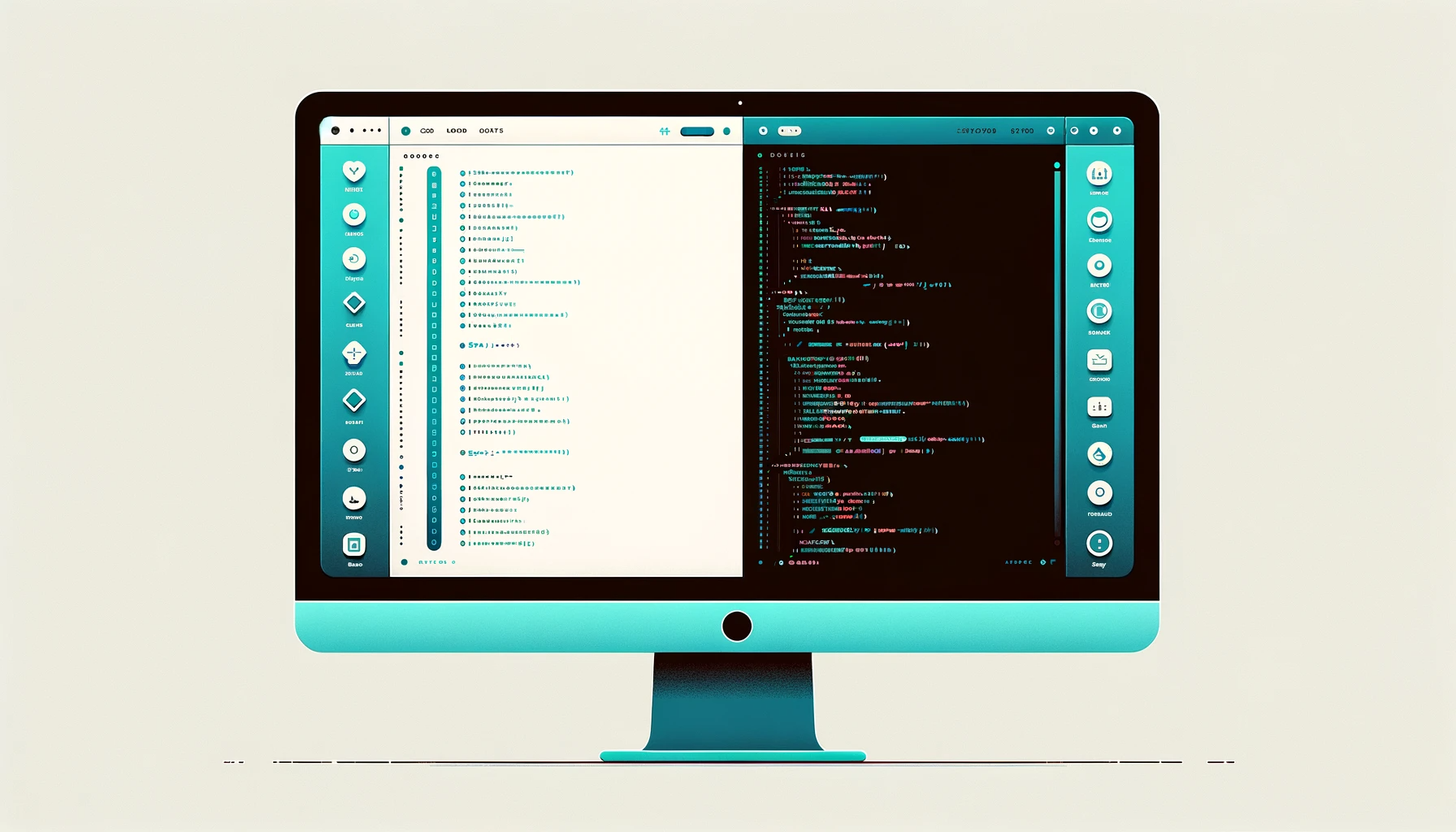
Walking the Fine Line Between Simplicity and Complexity in B2B Messaging
Tim Hinds
Crafting the perfect B2B product message is like walking a tightrope. Lean too far toward simplicity, and you risk being vague or condescending. Tip too far into complexity, and you might overwhelm or alienate your audience. So how do you strike that crucial balance?
The key is to recognize that your B2B audience brings a diverse set of experiences and expertise to the table. Your message needs to be accessible yet not devoid of the rich details that display your product’s value.
Here’s a guide to blending straightforwardness with depth in your product messaging:
Understanding first, then expertise
Contextualize your message
Understanding your customer means recognizing that they are knowledgeable, but also that they may not be experts in your specific technology. Strike a balance by explaining your product in simple terms, but also provide the option for deeper dives into the technology for those who crave it.
Technical features become almost magically easier to grasp when they immediately follow capabilities they provide and problems they solve (see this blog post for more on content contextualization).
Offer simple explanations and in-depth tech details as needed
When speaking to a CTO, detailed technical specifications might be imperative, while a CEO may prefer a strategic overview. Tailor your messaging to accommodate both ends of the spectrum.
Analogies and details: partners in clarification
Use analogies, then elaborate
A common tactical approach for helping people understand technology they are unfamiliar with is the analogy. While analogies are powerful simplification tools, they don’t have to replace detailed explanations. Instead, use analogies to open the door to understanding, then follow up with clear, concise details that flesh out the analogy.
Follow up with technical features related to the analogy
For instance, saying, “Our cybersecurity software acts like an immune system for your digital assets,” sets the stage. From there, you can explain how specific features such as real-time threat detection and automated responses work. Remember, it’s these details that add the much needed clout to back up your capability and benefit claims.
Present solutions through problems and possibilities
Capture attention with a common problem
Problems are the touchstone of necessity, but possibilities inspire action. Aim to articulate not just the problems your product solves, but also the opportunities it creates. You can first engage your audience with a relatable issue, then introduce the nuanced capabilities of your solution that not only address the problem but also expand the customer’s capabilities.
Detail how your product solves it
Try reframing the earlier examples into a narrative that combines problem and possibility:
Instead of “Introducing the first predictive pricing solution,” articulate the scenario: “Struggle with unpredictable market pricing? Forecast and adapt quickly with our predictive pricing tool” followed by details on how you do it.
Transform, “Transform engagement with our powerful all-in-one platform,” into a more narrative approach: “Customer engagement too slow to be “engaging”? Optimize your team’s outreach efforts with our engagement platform that balances usability with a powerful suite of tools.” Again, follow it up with the how to back up your point.
Balancing plain language with “jargon” (the good kind)
Is it really jargon if your audience uses it and understands it?
Industry jargon can both complicate and clarify. To navigate this conundrum, present your product’s features in plain language, then follow with technical explanations when necessary.
For example, instead of shying away from terms like “leveraging machine learning algorithms,” lead in with, “Our system continuously learns from data to get smarter and make more accurate decisions for you over time.” Then explain with, “By using machine learning algorithms.”
This addresses the technical skeptic whose immediate response is usually, “Yeah, but how do you actually do that bullsh*t?”
That’s the thing about jargon: it means something to some people. Sometimes a term that you initially dismiss as useless jargon is exactly the signal the buyer is looking for to know the product is for them.
Talk to Customers AND Prospects
Gauge when to simplify; listen for when details add value
Your website is the primary vehicle to deliver your message to prospects who are trying to learn about what you can do for them. There is no reason not to give them the ability to learn everything they want to about how you can help them. UX design will help you figure out when and how to give more details (scroll or link, etc.).
But when these turn to actual conversations with sales, marketing or CS, you need to be more focused. To learn how, talk to them.
These conversations with your customers AND prospects remain a prime source of insights into how to deliver your message to people in that stage of the buyers’ journey. These discussions can reveal when to simplify and when detail is necessary.
Listen to sales calls for moments when prospects ask, “How do you do that?” This clues you in to when you balance technical specifics with overarching benefits in your messaging.
Conclusion: The Harmony of Simplicity and Complexity
In B2B communications, neither complete simplicity nor full complexity reigns supreme. The most effective product messages are those that marry the two—a simplicity that invites understanding and a complexity that respects the audience’s intelligence and expertise. Therefore, embrace both, and let your product messaging resonate with clarity and depth.
TL;DR
- Balance simplicity with technical details
- Communicate so both novices and experts understand
- Use analogies as a gateway to more complex ideas
- Discuss problems comprehensively and present your solution
- Provide both layman’s terms and technical details
- Listen to and learn from your customers AND prospects